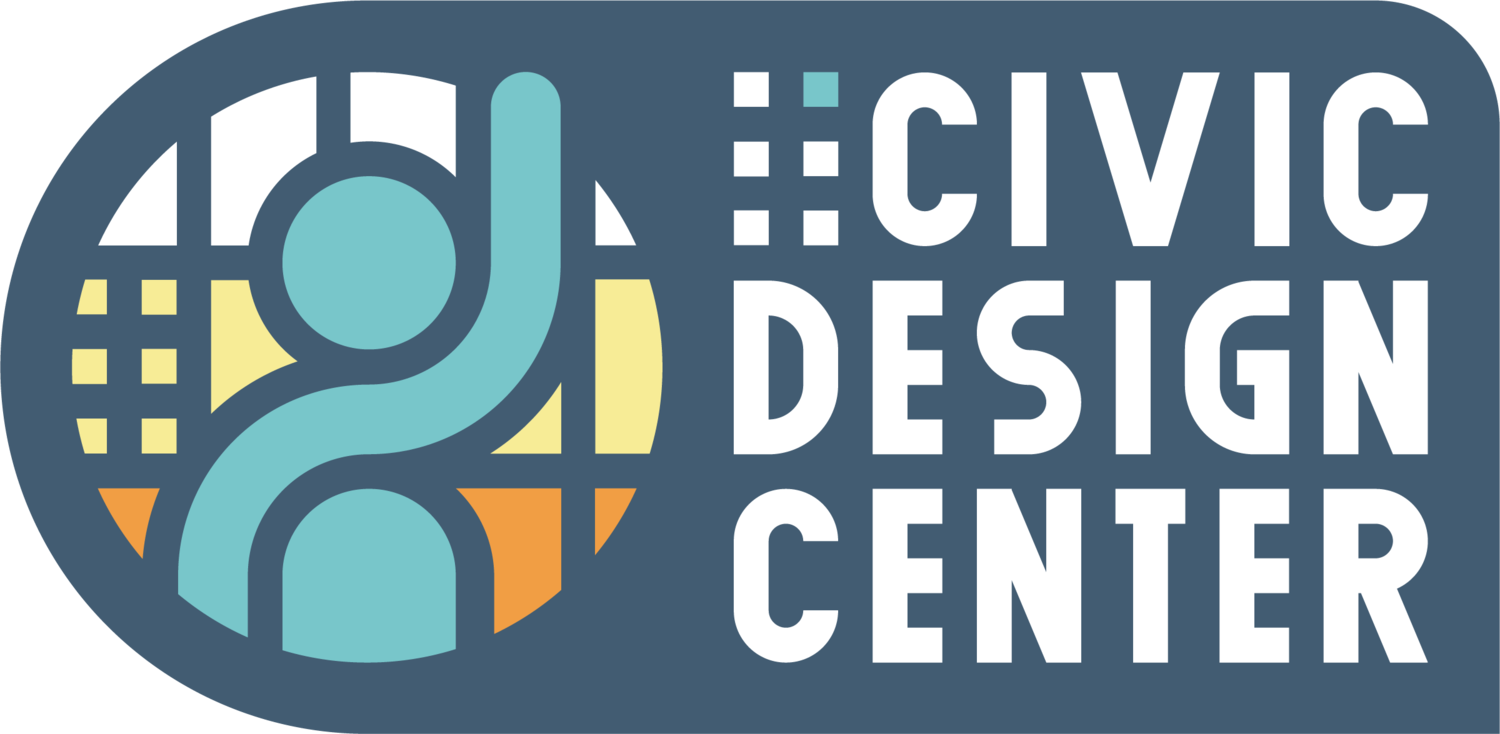Explore the Blog

Housing Challenges in Nashville
You said something about the housing challenges in Nashville, and it wasn’t surprising to hear the overwhelming feeling of deficiency - of not having enough. You cited a lack of housing, lack of housing types, lack of diversity, lack of connection to green spaces. We could add a lack of funding, lack of a comprehensive plan, and lack of public support to that list.
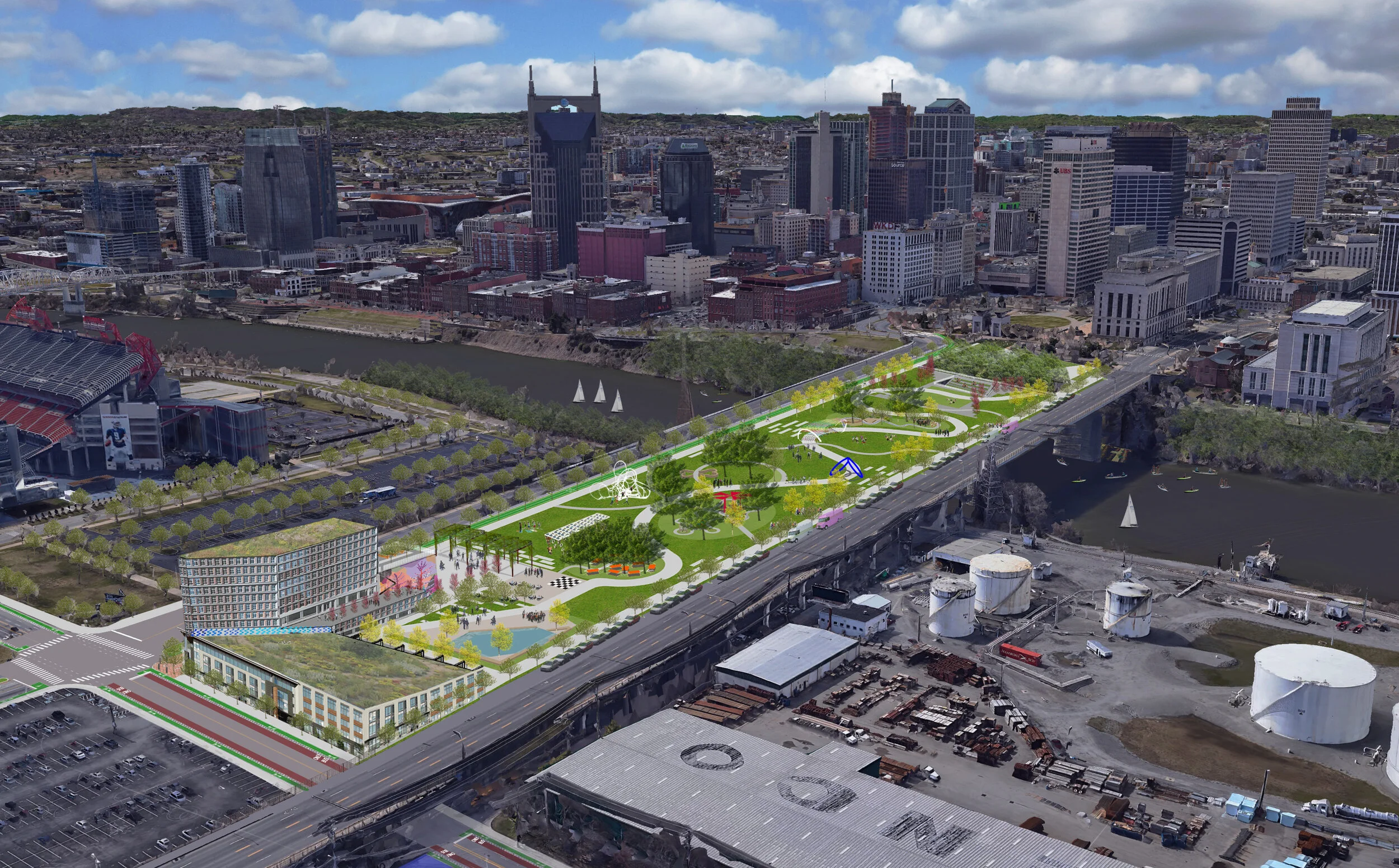
Victory Memorial Bridge Park
With development along the Cumberland Riverfront on the horizon, it is imperative to consider how improvements to connectivity and public space can increase the quality of life in and around downtown Nashville. Throughout Nashville’s history, the Cumberland River has played the role as the epicenter of Nashville’s identity and evolution. It served as a means of transportation and survival in Nashville’s early Native American history, and later European settlements. “It was the river that was the initial lifeline to the rest of the world, connecting Nashville to the Ohio, Tennessee, and Mississippi Rivers—and beyond.” (The Plan of Nashville: Avenues to a Great City). Throughout the early 1800s, the Cumberland continued to act as a key contributor to the economic development of Nashville, connecting the emerging city to major ports like New Orleans by steamboat. By the end of the 19th century, the Cumberland River was at the core of Nashville’s successful industrial economy.
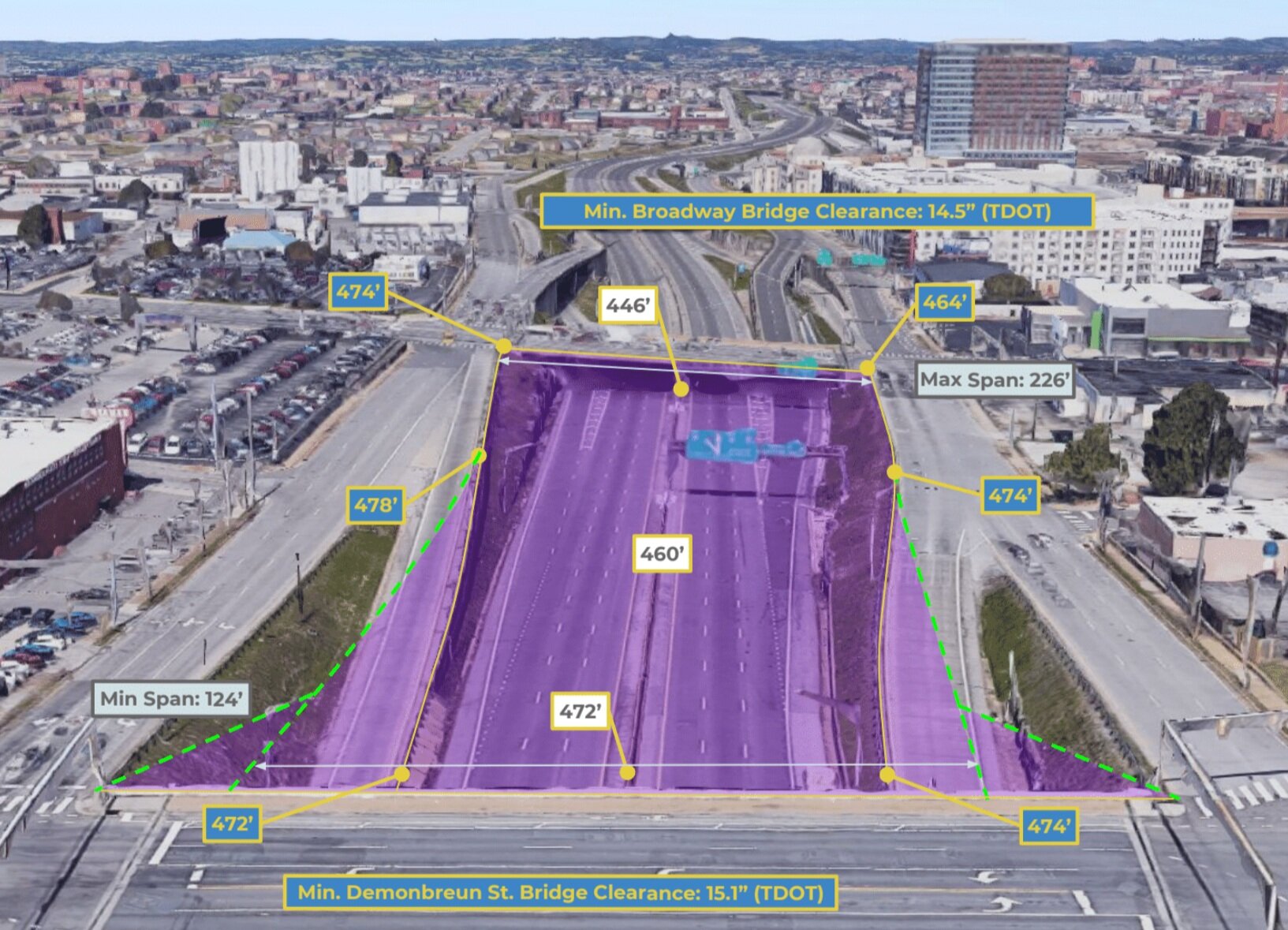
Capping The Interstate
Cities across the US are revisiting the functionality of interstate highways in downtown areas to better connect neighborhoods bisected from mid-century infrastructure. Areas with existing interstates below the grade of a city’s primary street grid have the potential to be capped with a more functional addition, reconnecting the two sides of the interstate. Most examples accomplish this by creating a new public space, in the form of a park, or by constructing a larger bridge to accommodate new liner buildings.
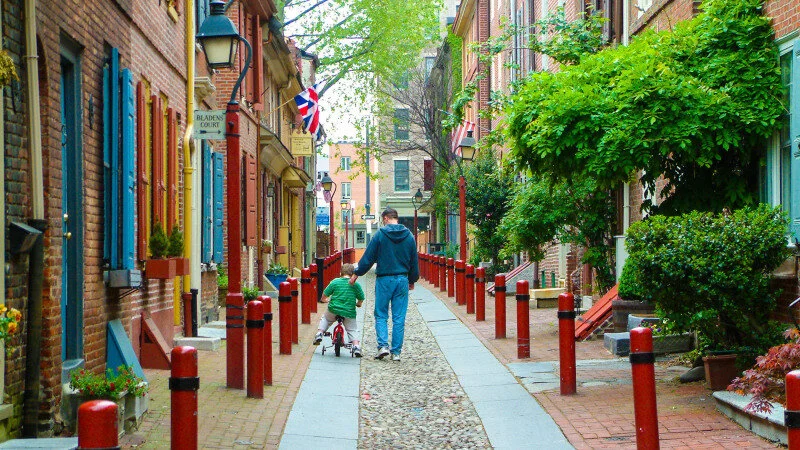
Publication: Alleyways of Nashville
Envisioning strategic solutions for activating Nashville's alleyways for pedestrian benefits

Dreaming Big for Public Space (Part 3 of 3)
Dreaming Big for Public Space, An Alternative Choice for Church Street Park was created to spark conversation about how one of Nashville’s most central parks should be redesigned and celebrated as a gathering place in Downtown.

Dreaming Big for Public Space (Part 2 of 3)
Dreaming Big for Public Space, An Alternative Choice for Church Street Park was created to spark conversation about how one of Nashville’s most central parks should be redesigned and celebrated as a gathering place in Downtown.

Dreaming Big for Public Space (1 of 3)
Dreaming Big for Public Space, An Alternative Choice for Church Street Park was created to spark conversation about how one of Nashville’s most central parks should be redesigned and celebrated as a gathering place in Downtown.

Publication: Reclaiming Public Space In Downtown Nashville: Vol. 2

John Cooper’s Mayoral Candidate response to The Plan of Nashville’s 10 Principles
NCDC asked Nashville’s mayoral candidates to provide their ideas for each of The Plan of Nashville’s 10 principles, that are essential to guide public policy, development practice, urban planning, and civic design. This serves as, then mayoral candidate, John Cooper’s responses.

Tomato Art Festival
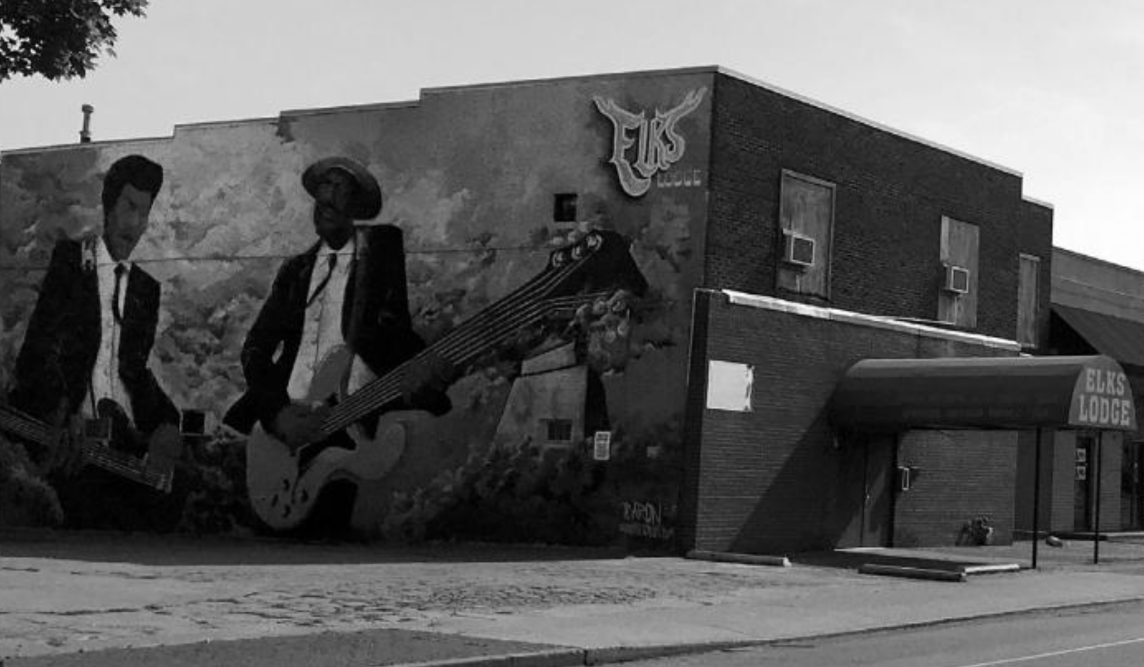
Preserving History & Culture in The Jefferson St corridor
Over the last two decades the city of Nashville has experienced unprecedented growth. According to population estimates by the U.S. Census Bureau, the region grew by an average of one hundred people, per day, over a twelve-month period, ending in July 2016. Due to population increase, among additional factors, Nashville neighborhoods have enjoyed rapid development. Some neighborhoods, however, have remained stagnant. The Jefferson Street corridor is one of many unique communities in Nashville that, despite historic contributions to the city’s culture and history, has not shared in recent growth. From the booming music venues to esteemed colleges and universities, this neighborhood has been a vital part of making Nashville the “it” city it is today. Despite its historical significance, some development around Jefferson Street has further stalled growth. The 1960s construction of the I-40 interstate bisected the corridor’s main commercial district. Since then, the neighborhood has struggled to recover.
Publication: Fairgrounds Public Meetings Report
The Design Center facilitated a series of public meetings with the Fairgrounds Design Team to get input in order to inform a more refined version of the Fairground Improvement Plan in Nashville.

Publication: AARP Community Challenge Grant
Using tactical urbanist methods to influence neighborhood change
Publication: Franklin Pike Multi-Modal Path
A study of Franklin Pike exploring the possibility of new bike lanes and enhanced mobility features in Oak Hill.
Publication: Connecting the Dots
This publication of the Civic Design Center is aimed to make us rethink how public spaces in Davidson County can be reactivated across various scales.

Change on 51st Ave

MARKET FEST PARKLET (OR LACK THEREOF)

Rear Window
Neighborhood Assessment Toolkit
As a tool towards education and active citizenship, the Toolkit offers local communities a greater voice in determining the future of their neighborhood

